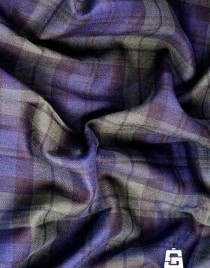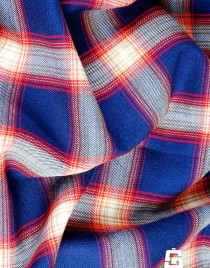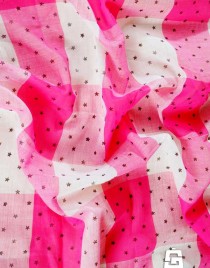SPINNING
Spinning is a major part of the textile industry. Spinning is the twisting together of drawn out strands of fibres to form yarn, though it is colloquially used to describe the process of drawing out, inserting the twist, and winding onto bobbins.
In simple words, spinning is a process in which we convert fibers by passing through certain processes like Blow room, Carding, Drawing, Combing, Simplex, Ring Frame and finally winding into yarns. These yarns are then wound onto the cones.
YARN DYEING
Wet Processing comprises Bleaching and Dyeing of yarn. Bleaching improves whiteness by removing natural coloration and remaining trace impurities from the cotton; the degree of bleaching necessary is determined by the required whiteness and absorbency.
Dyeing is the process of adding color to the yarns. Dyeing is normally done in a special solution containing dyes and particular chemical material. After dyeing, dye molecules have uncut chemical bond with fiber molecules. The temperature and time controlling are two key factors in dyeing.
WEAVING
Weaving is a method of textile production in which two distinct sets of yarns or threads are interlaced at right angles to form a fabric or cloth. Similar methods are knitting, felting, and braiding or plaiting. The longitudinal threads are called the warp and the lateral threads are the weft or filling. The method in which these threads are inter woven affects the characteristics of the cloth.
Cloth is usually woven on a loom, a device that holds the warp threads in place while filling threads are woven through them. The way the warp and filling threads interlace with each other is called the weave. The majority of woven products are created with one of three basic weaves: plain weave, satin weave, or twill.













